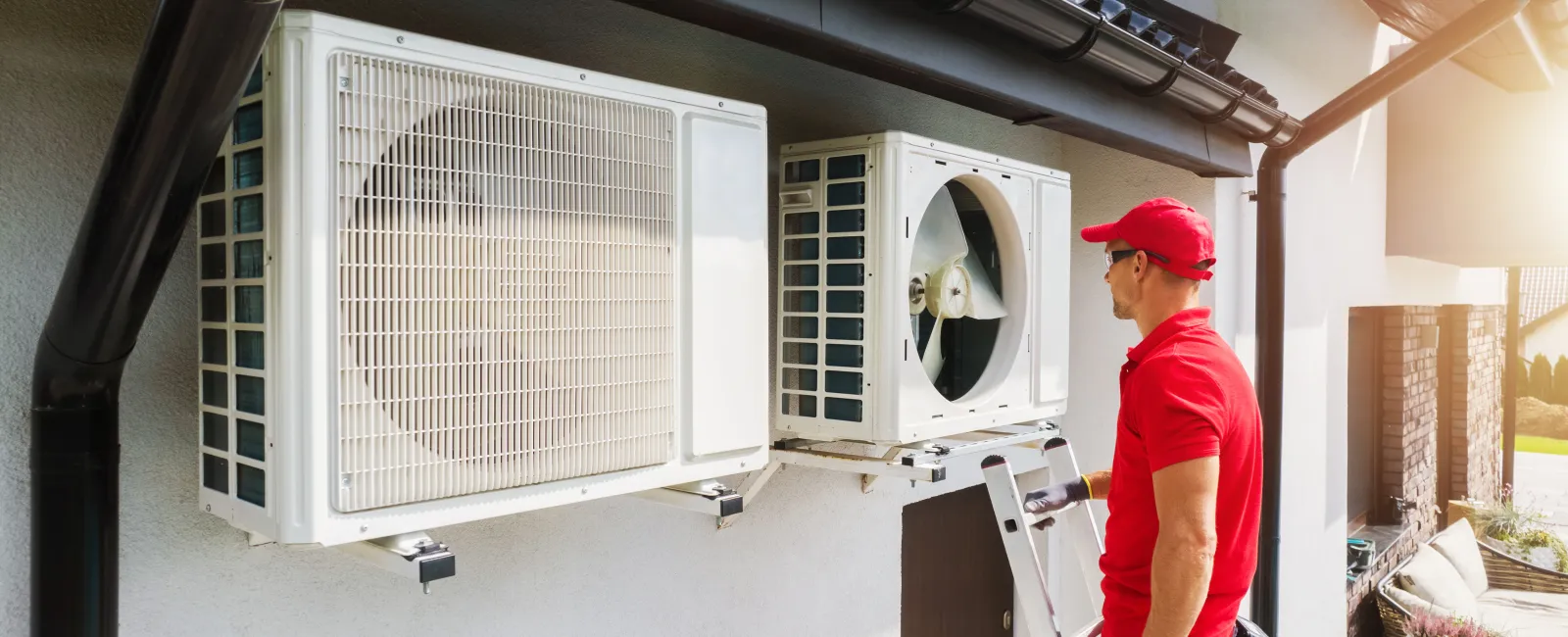The Atlanta metropolitan area presents a distinctive set of climate challenges that require specialized HVAC solutions, which differ dramatically from those in other major U.S. regions, such as Southern California or the Northeast. Understanding these unique requirements is crucial for homeowners and businesses looking to maintain optimal comfort while maximizing energy efficiency.
Atlanta's Climate: The Perfect Storm for HVAC Systems
The Atlanta metro area sits in the humid subtropical climate zone, characterized by hot, humid summers and mild winters with occasional cold snaps. This climate pattern creates a complex set of demands that HVAC systems must navigate year-round.
Summer temperatures regularly soar into the upper 80s and 90s, with humidity levels often exceeding 70%. This combination creates a heat index that can feel well over 100 degrees Fahrenheit. The high humidity is particularly challenging because it makes the air feel hotter than the actual temperature and puts additional strain on air conditioning systems.
Winter brings its own complications. While temperatures rarely drop below freezing for extended periods, the occasional polar vortex can cause temperatures to plummet into the teens or single digits. These sudden temperature swings catch many HVAC systems off guard, especially those not designed adequately for Atlanta's variable winter conditions.
The transitional seasons, spring and fall, can be equally demanding, with temperature swings of 30-40 degrees within a single day. This variability necessitates HVAC systems that can efficiently switch between heating and cooling modes, often multiple times within 24 hours.
How Atlanta Differs from Southern California
Southern California's Mediterranean climate presents a distinct set of HVAC challenges. The region experiences mild, dry winters and warm, relatively dry summers, characterized by minimal humidity.
Humidity Control: The most significant difference lies in humidity management. While Southern California HVAC systems primarily focus on temperature control, Atlanta systems must excel at regulating both temperature and humidity. Atlanta's humidity levels can be 40-50% higher than those in Southern California, requiring more robust dehumidification capabilities.
Cooling Load: Although both regions experience hot summers, Atlanta's humidity creates a higher apparent temperature and cooling load. An Atlanta home might require 20-30% more cooling capacity than a comparable Southern California home to achieve the same comfort level.
Heating Requirements: Southern California rarely requires significant heating, with many homes relying on minimal backup heat sources. Atlanta homes need substantial heating capacity to handle winter lows and unexpected cold snaps. This dual-season demand requires more complex, year-round HVAC solutions.
Air Quality Concerns: Southern California's dry climate and wildfire concerns pose significant air quality challenges that necessitate the use of advanced filtration systems. Atlanta's humid environment, while generally better for air quality, promotes mold and mildew growth, necessitating different filtration and ventilation strategies.
Comparing Atlanta to the Northeast
The Northeast presents yet another climate profile that differs significantly from Atlanta's requirements.
Winter Heating Demands: Northeast winters are consistently cold, with substantial snow and ice, requiring robust and reliable heating systems that can operate efficiently in sub-zero temperatures for extended periods. Atlanta's milder but variable winters require systems that can handle both light heating loads and sudden temperature drops without the sustained heavy-duty operation needed in places like Boston or New York.
Summer Cooling: While the Northeast experiences hot summers, they're typically shorter and less humid than Atlanta's extended summer season. Atlanta HVAC systems must operate at peak cooling capacity for 4-5 months, compared to the Northeast's 2-3 month peak season.
Energy Efficiency Priorities: Northeast HVAC systems prioritize heating efficiency and insulation, given the extended cold season. Atlanta systems must balance both heating and cooling efficiency, with a slight emphasis on cooling performance due to the longer summer season.
Equipment Durability: Northeast systems face the stress of extended single-season operation, while Atlanta systems endure the wear of frequent mode switching and year-round operation. This requires different maintenance schedules and equipment selection criteria.
Atlanta-Specific HVAC Solutions
Given these unique challenges, Atlanta metro homeowners and businesses need HVAC systems specifically designed for the region's climate profile:
Variable Speed Technology: Atlanta's temperature variability makes variable-speed heat pumps and air handlers an ideal choice. These systems can adjust their output to match the exact cooling or heating demand, improving efficiency and comfort during the region's frequent temperature transitions.
Enhanced Dehumidification: Standard air conditioning provides some dehumidification, but Atlanta's humidity levels often require dedicated dehumidification systems or enhanced dehumidification features in primary HVAC equipment.
Dual-Fuel Systems: Combining a heat pump with a gas furnace backup provides optimal efficiency for Atlanta's climate. The heat pump handles moderate heating loads efficiently, while the gas furnace takes over during rare but intense cold periods.
Smart Zoning: Atlanta's diverse microclimates within the metro area make zoned HVAC systems particularly valuable. Different areas of a home or building may have varying exposure to humidity, sun, and wind patterns.
Advanced Air Filtration: While not dealing with wildfire smoke like Southern California, Atlanta's pollen seasons and humidity-related air quality issues require robust filtration systems capable of handling both particles and biological contaminants.
The Importance of Professional Design and Installation
Atlanta's unique climate demands go beyond simply selecting the right equipment—proper system design and installation are crucial. Load calculations must account for both humidity loads and temperature differences. Ductwork design must consider the increased air volume needed for effective dehumidification. Equipment sizing must balance peak summer cooling needs with efficient spring and fall operation.
Working with HVAC professionals who understand Atlanta's specific climate challenges ensures that your system will provide optimal comfort, efficiency, and longevity. Generic solutions designed for other climates won't deliver the performance that Atlanta's unique weather patterns demand.
Conclusion
The Atlanta metro area's humid subtropical climate presents a unique set of HVAC challenges that differ significantly from those in regions like Southern California or the Northeast. Success lies in understanding these regional differences and selecting systems specifically designed to handle Atlanta's high humidity, variable temperatures, and year-round operation demands. By selecting the right equipment and collaborating with knowledgeable professionals, Atlanta residents can experience optimal comfort and efficiency, regardless of the weather conditions in Georgia.

